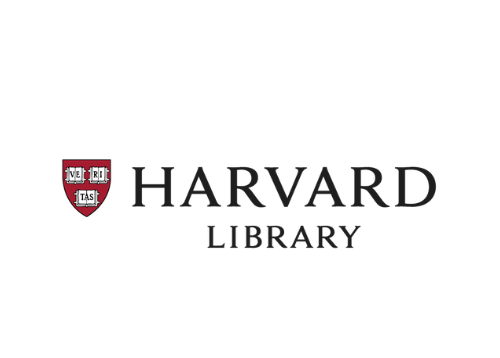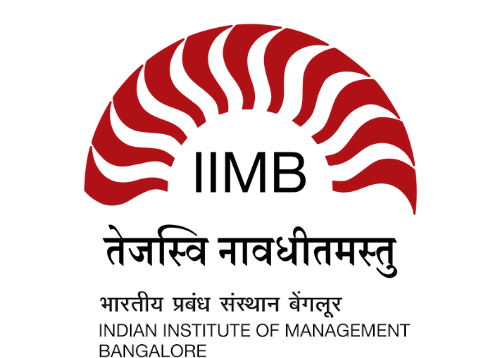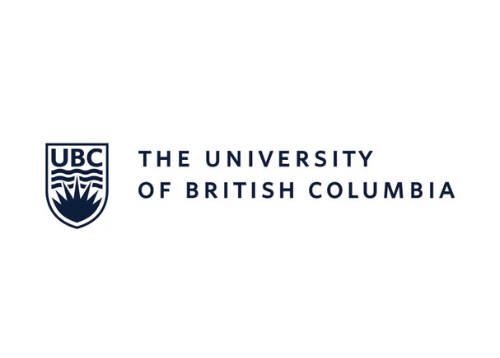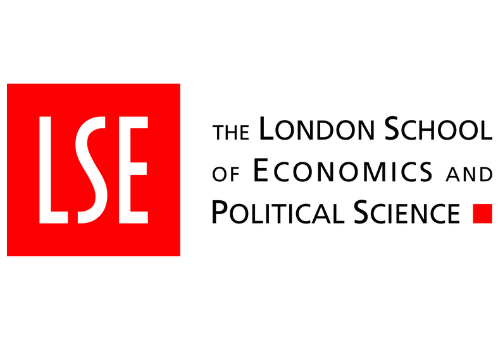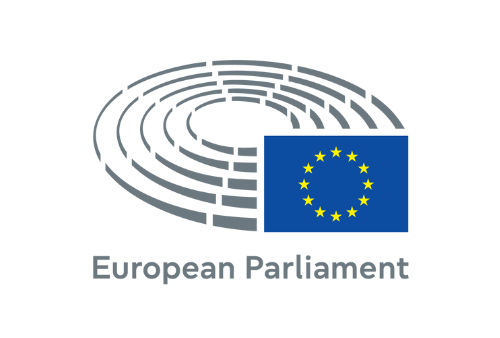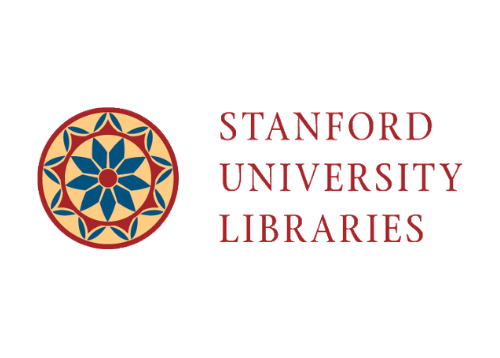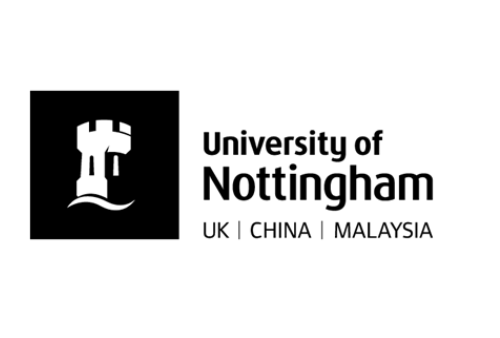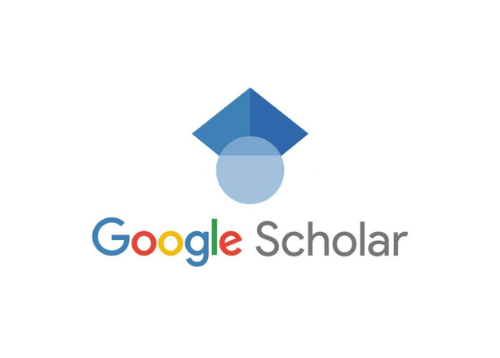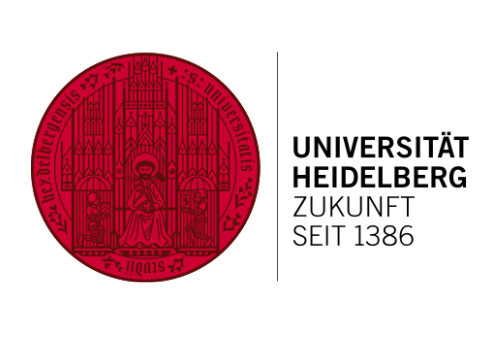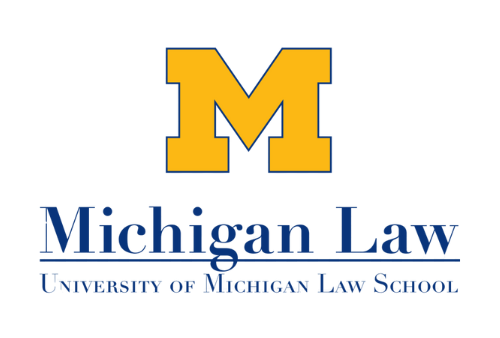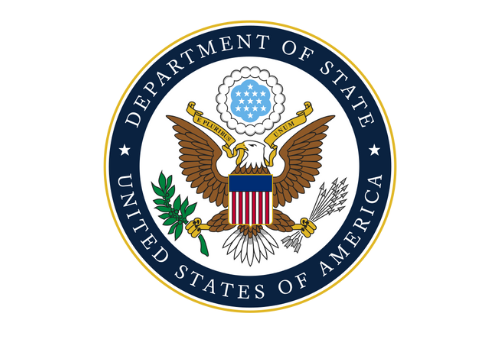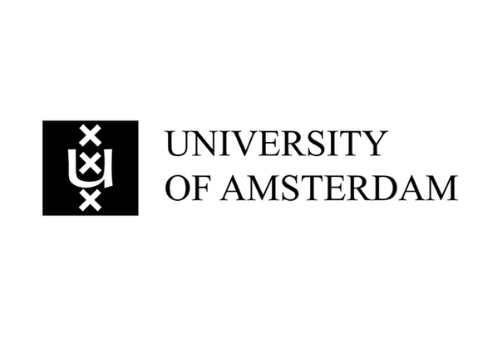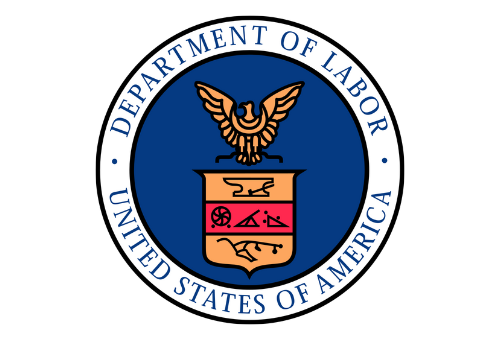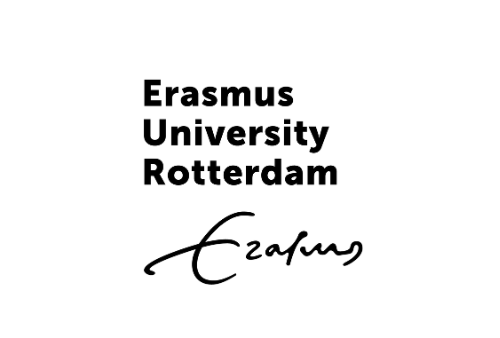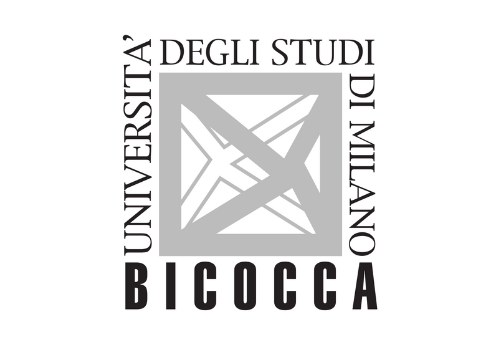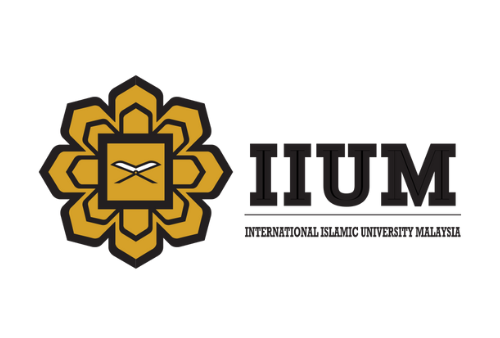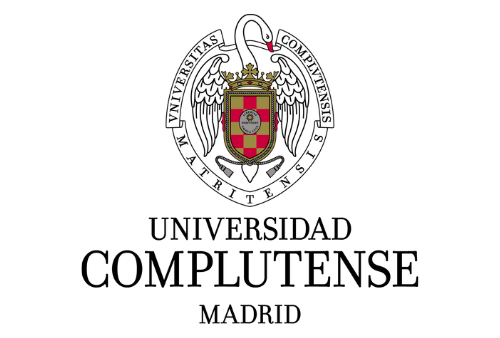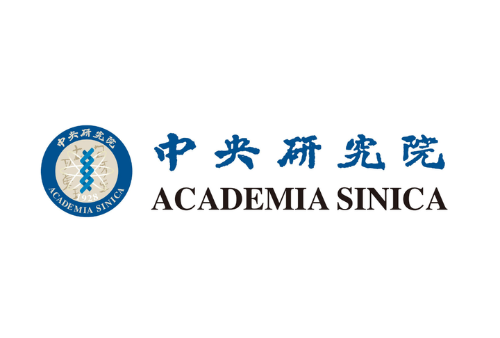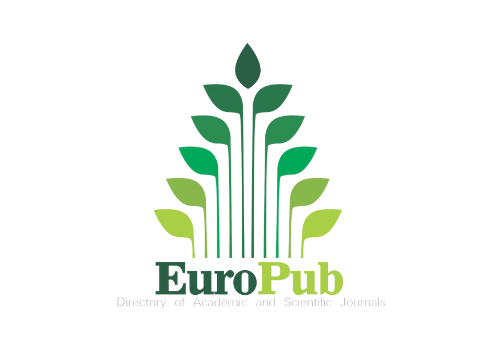THE IP PROTECTION IN AI SYSTEMS: LEGAL ANALYSIS OF COPYRIGHT, TRADEMARK AND PATENT LAW
Purti Sharma, Amity Law School, Amity University Noida, Uttar Pradesh (India)
Artificial Intelligence (AI) has significantly disrupted the conventional Intellectual Property (IP) laws and is presently considered as a novel source of creative and inventive contributions. The core problem originates from the fact that AI operates autonomously, thus, human authorship and creation are questioned along with issues of originality, ownership, and legal recognition. Both Indian and international statutory frameworks comprehend these issues through copyright, trademark, and patent law perspectives concerning AI, generated works and ideas. The foremost question in copyright law revolves around whether works created by AI can be considered as “original” and have an “author.” In order to determine the level of legal protection for works generated by machines, different legislations such as the U.S. Copyright Act of 1976, the Indian Copyright Act of 1957, and respective International Agreements are referred to. Artificial Intelligence, in effect, is a vital factor in branding strategies, in the generation of trade names, and in the evaluation of distinctiveness and the risk of confusion in trademark law. The change in technological viewpoint is noticeable in the provisions of the EU Trademark Regulations, the Lanham Act of 1946 (U.S.), and the Indian Trademarks Act of 1999 which deal with the issues of goodwill, consumer protection, and enforcement. Patent law is at a crossroad where questions of inventorship and novelty arise as a result of inventions created by or with the substantial involvement of AI. The Patents Act, 1970 (India), the U.S. Patent Act (35 U.S.C.), and The European Patent Convention (EPC) are the legislative instruments through which the discussions on whether AI can be recognized as an inventor are happening. The TRIPS Agreement (1995) serves as a basis for these talks at the international level. The primary goal is to determine whether the AI, IP law intersection is so complicated that it cannot be regulated by the existing legal frameworks alone and thus requires a reformed, specialized legal approach.
| 📄 Type | 🔍 Information |
|---|---|
| Research Paper | LawFoyer International Journal of Doctrinal Legal Research (LIJDLR), Volume 3, Issue 4, Page 84–126. |
| 🔗 Creative Commons | © Copyright |
| This work is licensed under a Creative Commons Attribution-NonCommercial 4.0 International License . | © Authors, 2025. All rights reserved. |


